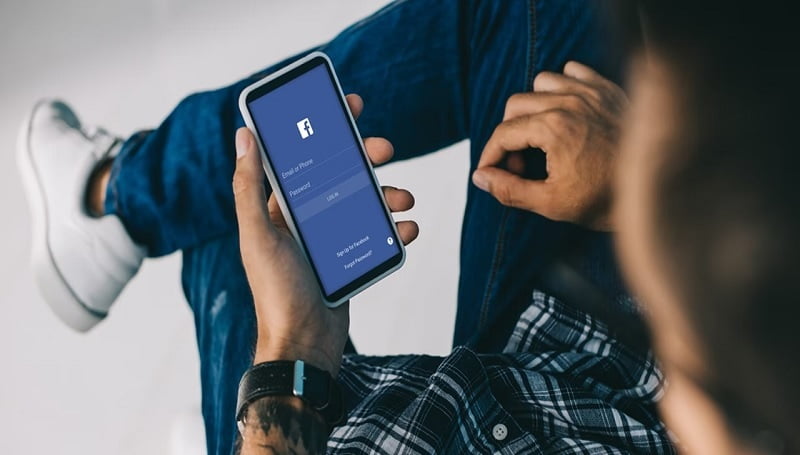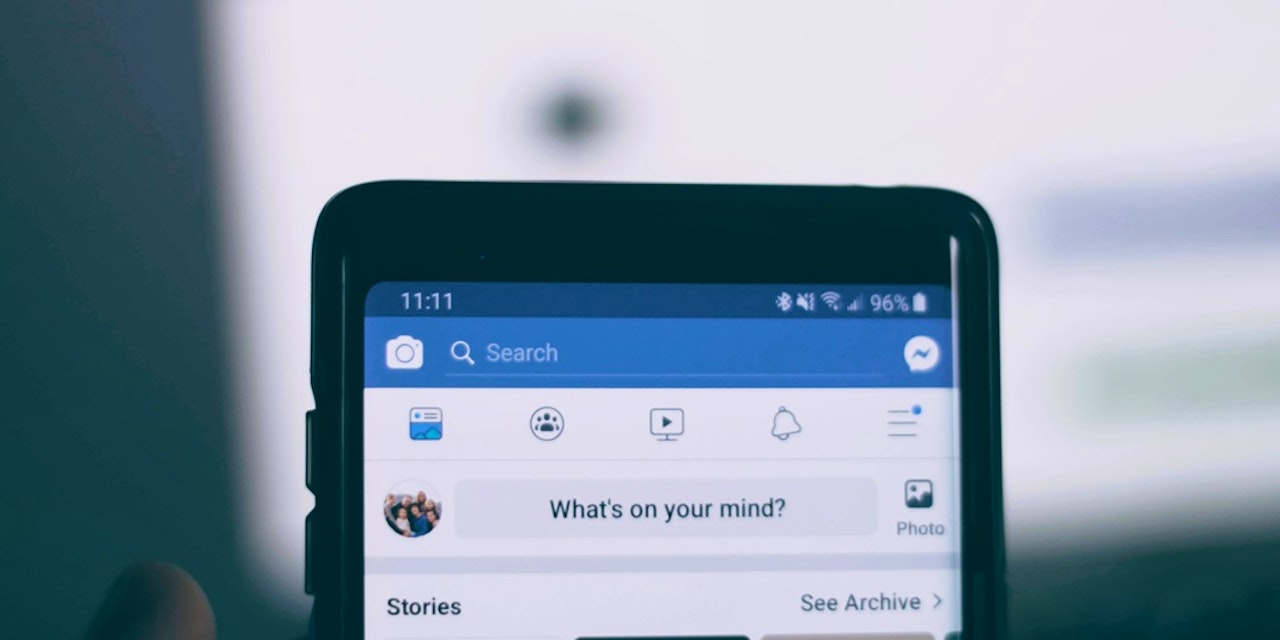Reinventing Web Design: Grapes Studio Lets Small Businesses Build Sites in Minutes
Is Facebook good for influencer marketing?

Not to get meta, but when it comes to Meta, should brands stick solely to working with the visual product influencers that are readily available on Instagram, rather than exploring a campaign on Facebook? Of course, the famous short answer – embraced by experienced marketers of all marketing channels – is it depends.
It depends on the demographics being targeted considering core Facebook users tend to skew older and more conservative than core Instagram users.
It depends on expected virality that comes as a function of being easily shareable. Instagram defaults towards open post reach and discoverability, while Facebook is far superior in allowing content to be shared with a single click, rather than strict popularity and temporal metrics governing visibility.
It depends on whether professionalism is paramount. Instagram was better known for casual reviews and recommendations due to the demographics skews, whereas serious discussions were readily available on Facebook. This is less true in 2022 than it was ten years ago but is still a factor. Still, many marketers would not classify Instagram as a B2B channel.
It depends on how complex of a review is required. Instagram excels in its simplicity of beautiful imagery juxtaposed with a review, whereas Facebook will win out if a deeper story needs to be told, editorializing a review as part of the campaign.
It depends on a per-influencer budget, as our own internal research shows that base level Facebook influencer posts can be acquired for less money (adjusting for similar audience size and categorical specifications) than from Instagram.
It depends on whether campaign success is going to be dependent on generating clicks from the posts. Instagram historically has more hurdles to cross to appear in clickable content, whereas within Facebook the expectation is a click out.
When choosing between any combinations of social channels for a marketing campaign, it is helpful to consult a usefulness matrix to guide the decision. Each brand will have their own set of important variables to govern the appropriate channel; in many ways this matrix can help us realize how important Facebook still is.
Don’t neglect Facebook influencers
In previous Open Mic articles, we discussed both what influencer marketing is as well as the different types of influencers a brand may come across when building out a marketing campaign that utilizes them. While all three influencer types exist on Facebook such as fan pages run by aspirational celebrities and niche authority experts interacting through specialized groups, the most powerful type in this channel is that of peer influencers used in aggregate.

Using peer influencers directly is similar in some ways to how a brand might interact through Facebook Groups when taking a PR approach using peer influencers. In that methodology, peer influencers can be approached in a guerrilla style campaign — maximizing awareness and generating activity from that awareness by triggering the psychological need to belong inside of a somewhat closed community.
In the Facebook Groups model, a brand can self-select into a group based on categorical interest and choose to either approach the admins and moderators for direct ad placement of an authoritative nature, attempt to infiltrate the community through consistent interaction as a means to gain trust, or choose to target individuals within the group directly on a one-by-one basis.
Working with individual Facebook users
When approaching on a one-by-one basis, hiring influencers directly from Facebook is rather easy. Several influencer networks have a Facebook influencer section for direct hire and Facebook itself has a relatively under-advertised Creator Studio designed to connect brands and influencers.
However the influencer is chosen, the process of working with them is simple; it’s all about the pitch and setting expectations. The pitch needs to convey an appropriate value exchange upfront and not overload the individual with unnecessary details until after an agreement is reached. Save the brand book and creator guidelines until after the broader arrangement is agreed upon – our best advice is that when dealing with influencers, don’t lowball.
After the pitch is agreed upon, working on the Facebook platform is even easier. The influencer need only write up their detailed review or create a video and link to the landing page you want to funnel traffic into. For best results, ask that the post visibility be set to public to encourage easier sharing. Make sure the influencer discloses that it is an ad and if they’re affiliated with the creator studio that they acknowledge the cooperation with your brand to avoid any future regulatory hurdles.
Amplify the best UGC
Facebook influencer marketing works best when a brand is spreading budget out among several individuals. Predicting virality and post engagement is not an exact science, so aggregate use allows a brand to determine the winners post-campaign rather than pre-campaign and then double down on what works by amplifying.
If that winning influencer was affiliated with the Creator Studio, the next step, of course, for some brands is to elevate their activities amongst those peer influencers that worked best by amplifying the content, using the UGC as a Facebook boosted post ad. In this process, a brand can boost an influencer post as simply as they could boost their own posted content. These user created ads appear as more authentic when targeting other Facebook users of similar backgrounds to the original influencer and often outperform traditional Facebook ads.
As a final step to this process, continue iterating by exploring the comments section of the boosted ads to find future influencers excited by the product reviewed to keep pouring viral fire on your influencer campaign.
With nearly 3 billion monthly active users, this style of iterative Facebook influencer campaign could continue indefinitely.




